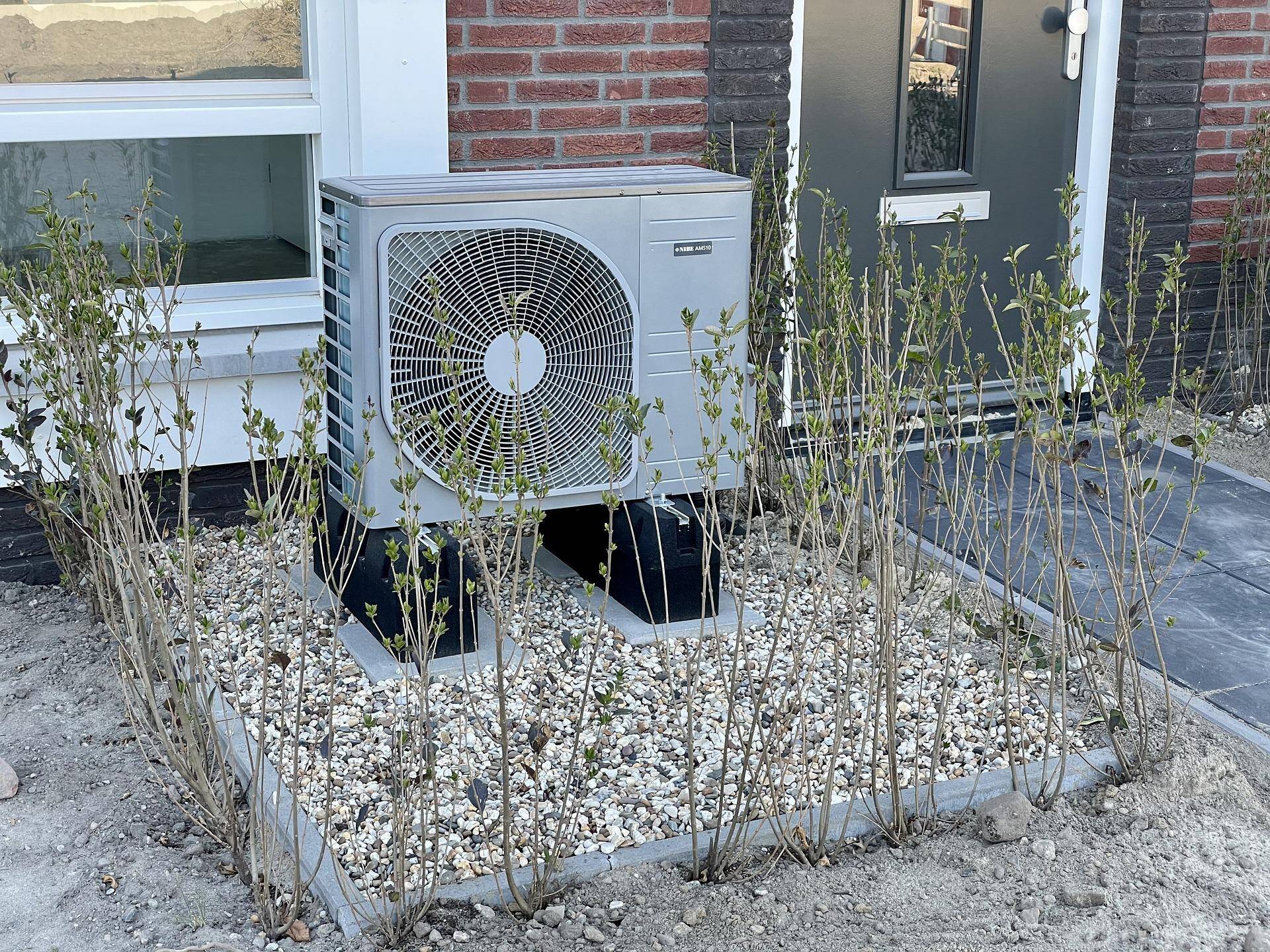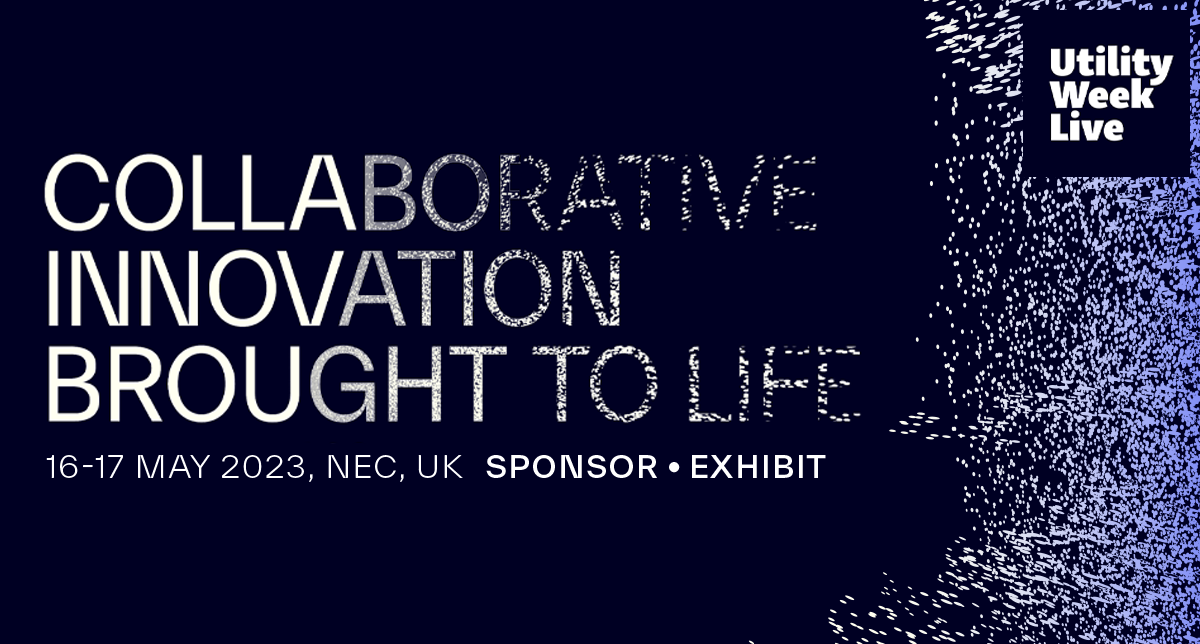You’ve reached your limit!
To continue enjoying Utility Week Innovate, brought to you in association with Utility Week Live or gain unlimited Utility Week site access choose the option that applies to you below:
Register to access Utility Week Innovate
- Get the latest insight on frontline business challenges
- Receive specialist sector newsletters to keep you informed
- Access our Utility Week Innovate content for free
- Join us in bringing collaborative innovation to life at Utility Week Live

The utility responsible for delivering electricity to eight million homes and businesses across the Midlands, south west, and south Wales, launched a smart meter data scheme it hopes can facilitate the mass adoption of EV chargers, heat pumps and solar panels by its consumers.
The Smart Meter Innovations and Test Network – or SMITN – aims to provide network planners at what was Western Power Distribution (WPD), before it was renamed National Grid in September, with enhanced smart meter data to help them manage load when connecting low carbon technologies.
 While smart meter technology is the same for all DNOs, as reported by Utility Week in July 2018 WPD changed its data privacy agreement with Ofgem governing how it manages the privacy of customer data.
While smart meter technology is the same for all DNOs, as reported by Utility Week in July 2018 WPD changed its data privacy agreement with Ofgem governing how it manages the privacy of customer data.
While the firm originally aggregated load data for all customers on an low voltage feeder, it can now aggregate at feeder section level and still maintain data privacy. Electricity North West and UK Power Networks also do this.
Under SMITN, the quality of power supplied is assessed – by looking at average voltage values and how frequently high and low voltage alarms are triggered due to sags and swells in voltage on the network – while improved visibility of customer phases and feeders allows more effective load balancing and determines where customers are connecting low carbon technologies.
The scheme will obtain and process new data until the end of 2022, with final findings expected in early 2023.

- Resilience, reliability and collaborative transformation to adopt technology and innovation are among the key themes at the Utility Week Forum, which will take place in London on 8-9 November. Find out more here.
Unused feature
According to innovation engineer Jenny Woodruff, the SMITN project lead, while there are some new items of data available, the project will largely revolve around processing data already available from smart meters in new ways.
For example, the scheme yielded a re-configured approach to capture one minute average voltage data. Though smart meters default to capturing voltage data at half hourly average resolution, they can be configured to capture one minute average voltage data, Woodruff explains – however, they can only capture three days’ worth before the memory is full and earlier recordings are overwritten.
“This is a feature of smart meters that has always been there but we have not used it previously,” Woodruff tells Utility Week Innovate. “Similarly our data privacy plan used to be restricted so that we aggregated load data for all the customers on a low voltage feeder. Now we can aggregate customer data within sections of a feeder allowing us a higher resolution view of loads while still protecting customer privacy.”
 By the end of August, WPD had 10,759 heat pumps and 58,416 EV chargers connected to its network. The firm also predicts it will connect 1,600 EV chargers every working day by 2028. While connection applications have traditionally been assessed by planners, more accurate data will enable customers use self-serve tools to determine what they are able to plug in, and simplify the process of connecting such low carbon technologies.
By the end of August, WPD had 10,759 heat pumps and 58,416 EV chargers connected to its network. The firm also predicts it will connect 1,600 EV chargers every working day by 2028. While connection applications have traditionally been assessed by planners, more accurate data will enable customers use self-serve tools to determine what they are able to plug in, and simplify the process of connecting such low carbon technologies.
Amassing “good quality data” will also enable the firm to carry out better network planning amid mass connection.
“We can do it safely, we can automate it, we can make sure phases are more balanced, we can make future networks more efficient, reducing the impact of faults and even predicting future faults,” Woodruff says. “Ultimately, all this will save money and deliver a better service for our customers.”
Phase data clarity
According to Woodruff SMITN is investigating how National Grid can use smart meter data, along with data from other sources, to help identify the phase a customer is connected to more effectively.
 Electricity is generated, transmitted and distributed as a three phase system in which the three phases are offset to each other. This means that they peak at different times and that at any point the sum of the currents of a balanced load would be zero.
Electricity is generated, transmitted and distributed as a three phase system in which the three phases are offset to each other. This means that they peak at different times and that at any point the sum of the currents of a balanced load would be zero.
While industrial and commercial customers with higher demands typically have a three phase supply, domestic customers are connected to a single phase. Generally customers on the same low voltage feeder would be connected to different phases to balance load. The more evenly balanced the loads, the less current flows in the neutral conductor of the cable and the more efficient the system is.
“For many customers phase data is not known at all and for others the phase data that is available is not considered reliable,” Woodruff explains, however. “If we can determine which phase a customer is connected to then we can use that to understand the balance of loading between the three phases.
“This in turn means that if there are new connections on that feeder in the future we can ensure the right phase is selected to reduce imbalance between phases, and therefore make the most of the available capacity.”
Understanding where devices are installed
The scheme is also exploring how to validate the low voltage feeder to which a customer is connected, Woodruff adds.
 Spotting and correcting historic errors will ensure that National Grid can model low voltage networks correctly when assessing the impact of new loads – for example from EV chargers or heat pumps. “Having accurate representations of how customers are connected to the network is essential in managing network faults,” she says.
Spotting and correcting historic errors will ensure that National Grid can model low voltage networks correctly when assessing the impact of new loads – for example from EV chargers or heat pumps. “Having accurate representations of how customers are connected to the network is essential in managing network faults,” she says.
“SMITN will evaluate whether we can use smart meter data to help identify where there are installations of low carbon technology that have not been registered with us. While installers should let us know when they connect these devices we know that historically this has not always happened and there are gaps in our records.
“We need to understand where these devices are installed in order to understand the flow of power over our low voltage networks, which in turn allows us to identify where the network needs more capacity.”
SMITN’s final use case will explore how data from the 40% of its customers that have smart meters to create load estimates for entire low voltage feeders or distribution substations – including the 60% of customers that currently haven’t adopted can be used. “Once we know the best way to estimate the load that we don’t measure directly then we can generate typical profiles for different seasons that can be used in network planning,” Woodruff says.
 Utility Week Innovate, in collaboration with Utility Week Live aims to discover and promote innovative approaches to tackle front line business challenges through case studies, technical/project studies, networking, and live content. Be recognised as a key solution provider and meet your target audience face-to-face at UWL23. Find out more about exhibiting
Utility Week Innovate, in collaboration with Utility Week Live aims to discover and promote innovative approaches to tackle front line business challenges through case studies, technical/project studies, networking, and live content. Be recognised as a key solution provider and meet your target audience face-to-face at UWL23. Find out more about exhibiting
Please login or Register to leave a comment.